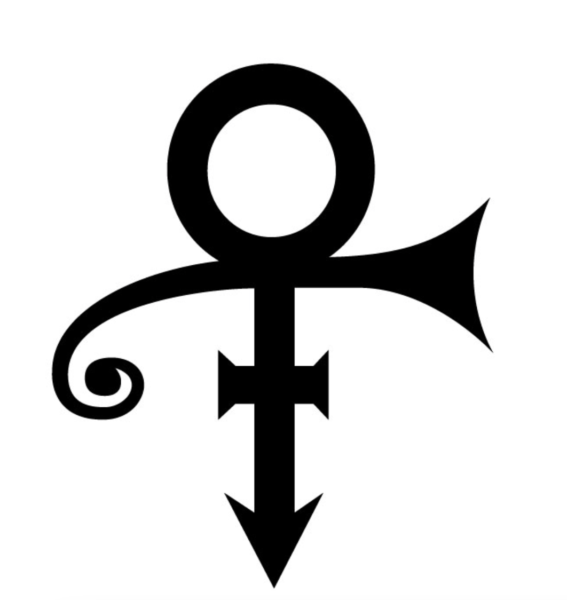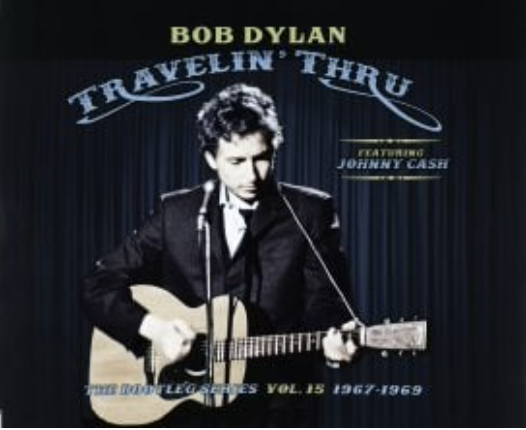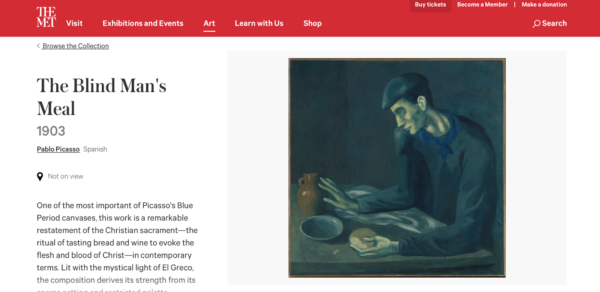
When I met my friend Mark, he had just spent the last two years in the pandemic’s social isolation creating an impressive collection of three-dimensional, colorful psychedelic artwork. He knew how to create the art he cared about; what he didn’t know was the keys to branding for artists.
As an artist myself, I know how challenging it can be to balance the joys of creating meaningful art with the responsibilities of marketing yourself in a way that can cut through a lot of the noise.
It can be frustrating to produce marketable work and not have anyone notice it. Rarely do artists have the budget to hire marketing professionals for their team.
A key to getting your artwork seen (and purchased!) is branding yourself as an artist.
Now, you’re familiar with all kinds of brands: Think Pepsi versus Coca-Cola. Not only do you know the names of these brands, but you probably can draw their logos from memory and have an entire conversation about what makes one better than the other.
Corporations like those use branding because it’s psychologically powerful.
In marketing, we call it the Rule of 7: It takes someone seven times to see a brand before they remember it.
When you are consistent in your colors, fonts, style, and even a design logo, you make it easier for them to connect to your work. That way, like those famous sodas, you’ll be more memorable and successful, too.
In this post, I’ll share what I told Mark: Artists can use the same techniques that marketing professionals use for businesses of all sizes to brand themselves and allow their art to be seen by more people.
It just takes learning the things to do and the things to avoid before you get started.
We make it easy to get your work out to your network and beyond with all the marketing tools you need.
Why do artists need a brand?
It’s rarely easy for artists to describe their work in a few words. Art is unlike other products in that it is a tool for self-expression that can change dramatically over time.
Sometimes, artists focus on a certain structure or design and find success in the market. If you’re still finding your style — like so many artists are — creating a way for people to connect with your work is even more important. That’s where branding for artists comes in.
A brand imparts a feeling and tells a story quickly. It is a way to express your identity as an artist.
Let’s say you’re a musician, and you’ve been scheduled to appear at a music festival. The festival’s marketing team is going to want to include you in the official poster and online marketing. Sure, you can just send your name, but that won’t necessarily encourage potential fans to check out your set. A logo, however, could pique their interest.
Artist branding comes in all shapes and sizes, but creativity is paramount. Think about the artist Prince. Remember when he decided to change his name to an unpronounceable symbol? That visual image was enough to let fans know that he was avant-garde, sensual, original, and sensational. His brand spoke for his art masterfully — and yours can, too.

How do I brand myself as an artist?
When you’re inspired by art, it can be hard to take time away from creation to brainstorm marketing strategy. But scheduling time for branding yourself as an artist will pay off when it’s time to create a flyer for an upcoming exhibit or send your media packet to an interested journalist. Instead of wasting time making decisions about how to present yourself, you’ll already know. That leaves more time for the art itself.
Branding for artists: What works
When you are embarking on a career as an artist, think about your image from the very beginning. Remember, in this digital age, people will always be able to look back and see how you’ve presented yourself.
Follow these tips to create the success you imagine for yourself.
1. Challenge yourself about your message and values
What do you want to express through your art? What drives you to do your work? Writing an artist statement can be akin to a nonprofit creating a mission statement. Make it short enough so that you (and others) can memorize it.
Branding is, at its heart, a way to show people what you’re all about without telling them. Let’s say you lead a death metal band. If your goal is to help people work through their darker emotions and rage against the injustice of the world, you won’t want a logo with flowers sprouting under a shining sun. By knowing the core motivation behind your art, it will be easier to determine what works.
2. Keep it simple
The best part of the branding process is that you can make a lot of decisions in advance. Decide on the following and stick with it:
- Fonts. Choose two complementary fonts you would use on a flyer.
- Color scheme. Pick a few colors you like and use them for all your marketing efforts.
- Logo. Create a logo that includes a simple image and your name.
- Tone. Describe how you’d like to come across and ask yourself whether your tone is right for everything you do, especially on social media and when writing press releases.
3. Think of your audience
Creators have to stay true to themselves as they are molding their art, but branding for artists demands an outward-facing perspective.
The way you present yourself must be relatable to your ideal audience.
Folk singer-turned-rocker Bob Dylan, for example, didn’t worry about being booed by the crowd when he went electric, but it took time for his audience to understand his genius. You can save yourself the heartbreak of rejection by always considering your audience as you present yourself through social media and elsewhere in the art community.

Here’s another inspiration from Bob Dylan in terms of branding: his real name is Robert Zimmerman, but he changed it as part of his brand because he believed his audience would be more receptive to it. To be authentic in your artist bio, create a brand with your audience in mind — and own it.
Branding for artists: What doesn’t work
Artist branding is a process that takes the core of your creative work and makes it easier for people to remember. Some parts of the work, though, can cause confusion, so make sure to avoid the following.
1. Making branding decisions too fast
You always want to make sure your creative work is complete before an unveiling, so make sure you do the same with your branding efforts.
I frequently work with small business owners who claim to be too busy to work on their marketing and find they have to scramble when the deadline for an ad approaches.
Set time aside to get your visual representation strong so you don’t have to make decisions when stressed.
2. Posting “off-brand” on social media
Social media has the power to solidify your image and brand in a way that previous generations of artists needed years — and the attention of sympathetic journalists — to build. Don’t blow it by posting things that don’t fit an image that works with your brand.
For example, my friend Mark creates psychedelic art but also happens to have raised three children. It would be best for him to have separate social media accounts for his artwork so that his audience isn’t confused by off-brand pictures of kids. He can still be his authentic self by being mindful of consistency in messaging.
3. Being too rigid
Artists evolve over time, and so can brands. Pablo Picasso used the entire spectrum of color before he honed in on the blues and blue-greens that dominated his canvases from 1901 to 1904. Known as his “Blue Period,” this could be seen as the painter’s branding phase. When he was ready for a change, he made it. You can, too.

Start with the art
No matter the medium, artists often reach a point when they’re satisfied with the creative work they’ve done and are ready to share it with the world. This is the best time to take a breath and think about branding.
The more effort you put into deciding how you’d like to present yourself to those who may be interested in your art, the easier it will be when the opportunity appears. Creating a brand as an artist means you are designing a pathway for your fans to better understand the messaging behind your work.
To start, consider reaching out to your close friends or people who have supported your work already. Ask them to describe your art and your message. See if they have suggestions for presenting yourself better and keep an open mind through the process. Just like with your art, it’s important to stay forward-thinking and confident in your own vision. Once you have their ideas, schedule time for yourself to decide what’s right for your artist branding efforts.




